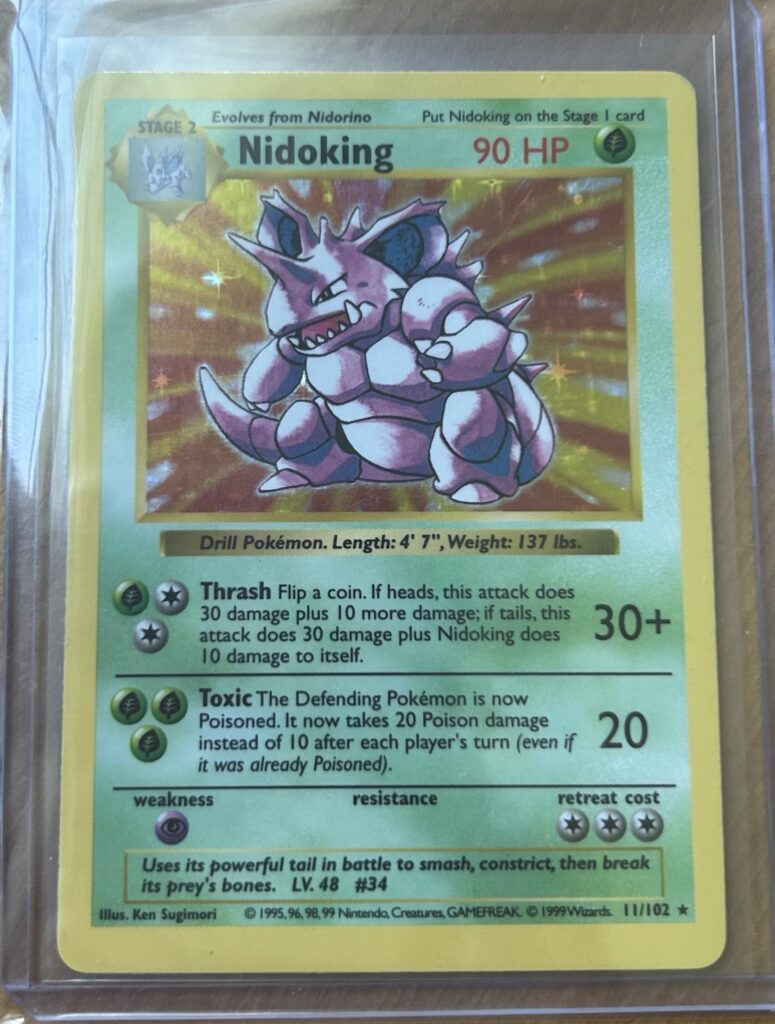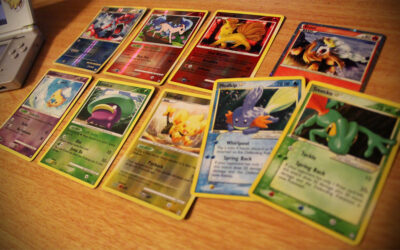Why Budget Flips Deserve More Respect
Everyone loves to flex slabs and show off “grails,” but let’s be honest—most collectors aren’t shelling out $300+ on a single card. Budget flips are where real collectors cut their teeth. It’s the grind. The $5 into $20. The eBay lot turned three singles and a sneaky parallel. It’s how bankrolls are built—slowly, smartly, and with fewer tears.
This post is for the grinders. The ones hunting value in the $5–$30 range. If that’s you? Welcome. Let’s cook.
1. The Underrated Rookie Hustle
No, not the hottest first-round QB with 10,000 Instagram hype reels. We’re talking about overlooked second-tier guys with upside—WR3s who become WR2s, late-round NBA picks who drop 18 in a preseason game, or baseball call-ups with zero Topps Now coverage.
Watch for:
- Low population count rookies (especially parallels)
- Cards from underprinted or niche sets
- Players buried on depth charts with room to move
Be patient. You’re not buying the breakout—you’re buying the *possibility* of one.
2. Grade-Ready Raw Is Your Secret Weapon
If you can train your eye to spot raw cards that look slab-worthy, you instantly unlock value. Some people overpay for slabs. You can underpay for clean raw cards.
But grading isn’t always the play. If you haven’t already, read Should I Grade My Cards? for a full breakdown of when it makes sense to slab up.
The sweet spot? Clean rookies, low-pop inserts, or cards with a PSA 9+ price that justifies the grading fee. Anything else is dead money.
Side Note: There’s a guy who built an entire information business on this idea. He sells courses that come down to this: Buy clean raw cards. Submit for grading. If it’s with PSA, wait for an eternity. Resell at a profit. That’s it.
3. The Bulk Lot Split Play
This one’s timeless: buy cheap lots, split them, flip singles.
Most sellers underprice lots out of laziness. You’re betting they didn’t run comps. You’re betting they didn’t grade condition properly. You’re betting they just want it GONE.
Example plays:
- $30 eBay lot of 20 cards → pull 4 worth $10+ each, flip the rest for breakeven or better
- Local Facebook Marketplace bin of “random sports cards” → you find a 2021 Optic Lamelo Holo. Yes, it happens.
Rinse, repeat. This is how you stack cheap wins.
4. Timing Beats Talent
You don’t need to be a scout. You just need to know the calendar.
Flippers make money by selling into hype cycles:
- Preseason buzz
- Trade deadlines
- All-Star announcements
- Call-ups / breakout games
Example: Buying clean baseball rookies in January. Selling when they go 4-for-5 in April. Doesn’t matter if you “believe” in the player. Let the market overreact—you just time it.
5. Know When to Exit
This one’s huge: most budget flip losses come from holding too long. You get greedy. You want “just one more good game” before listing. Don’t.
Make a habit of:
- Listing during the hype, not after it
- Pricing fairly for a quick sale (don’t chase comps from 3 weeks ago)
- Being okay with a $10 profit on a $5 card
Volume wins. Small, consistent profits are the real engine behind long-term success.
6. SGC and the Slab Arbitrage Angle
We’re way past the days where SGC slabs were ignored. If you’re paying attention, you can:
- Buy undervalued SGC 10s for less than raw comps
- Buy SGC 9.5s, crack and cross (carefully) to PSA
- Grade clean budget cards at SGC’s lower tier and flip during spikes
Not sure why people still sleep on this. We covered this exact trend in Why SGC Slabs Are Severely Underrated.
7. Stick to the Liquid Stuff
Some budget cards are “technically” worth $25 but will sit forever. Others sell within hours because people actually *want* them.
Prioritize:
- Chrome, Optic, Prizm, Refractors
- Popular players—even if it’s just base rookies or parallels
- Cards that look good in photos (clean centering, good shine)
Stay away from:
- Panini Chronicles base
- Leaf autos nobody’s ever heard of
- Paper draft picks with 8 million copies
You’re flipping, not collecting. Liquidity > aesthetics.
8. Track Everything Like a Psycho
You don’t need a fancy spreadsheet. But you DO need to know:
- What you paid
- What you sold it for
- How long it took to move
Patterns will appear. You’ll realize, “oh, I always win with Optic Holo rookies and always lose on random color parallels.” That data is gold. It keeps you from making the same dumb buys over and over.
9. Play the $10–$30 Range Aggressively
Too many people stay in the $1–$5 cheapie range forever. It’s fine at first, but margins are tight. And fees eat you alive.
Once you’ve got a little bankroll, start flipping:
- $15 cards into $35
- $25 into $60
You don’t need to jump to grails. Just move up one lane. Less competition, higher profit potential, still low risk.
Budget Flips Are a Skill Game
This isn’t guessing. It’s pattern recognition. Market timing. Knowing when to sell, when to hold, and when to walk away from junk. Anyone can burn $200 on wax and pray. Not everyone can flip $5 into $50 consistently.
But you? You’re not everyone. You’re playing smarter. Watching patterns. Learning fast.
That’s what separates CardSZN flippers from the pack.




0 Comments